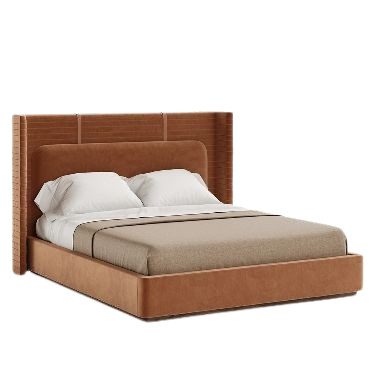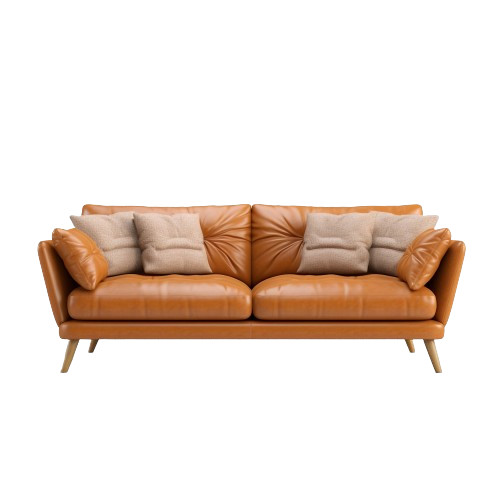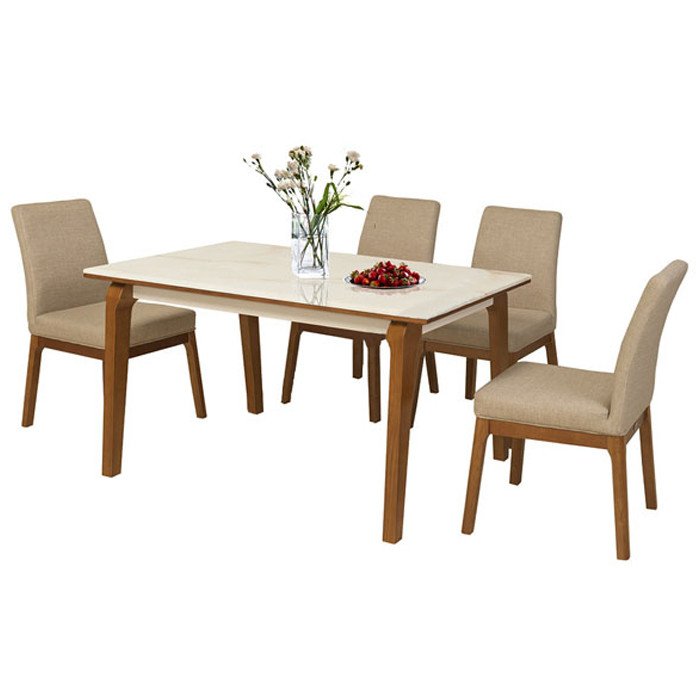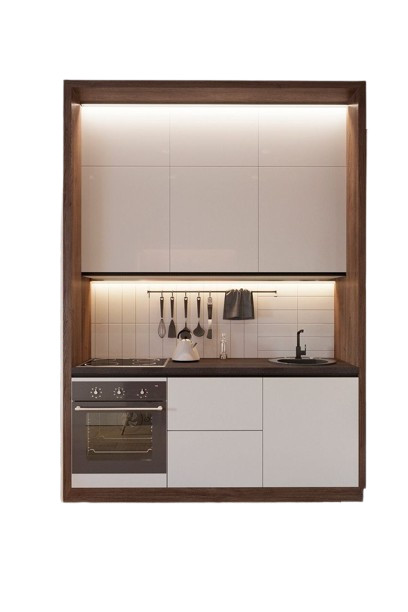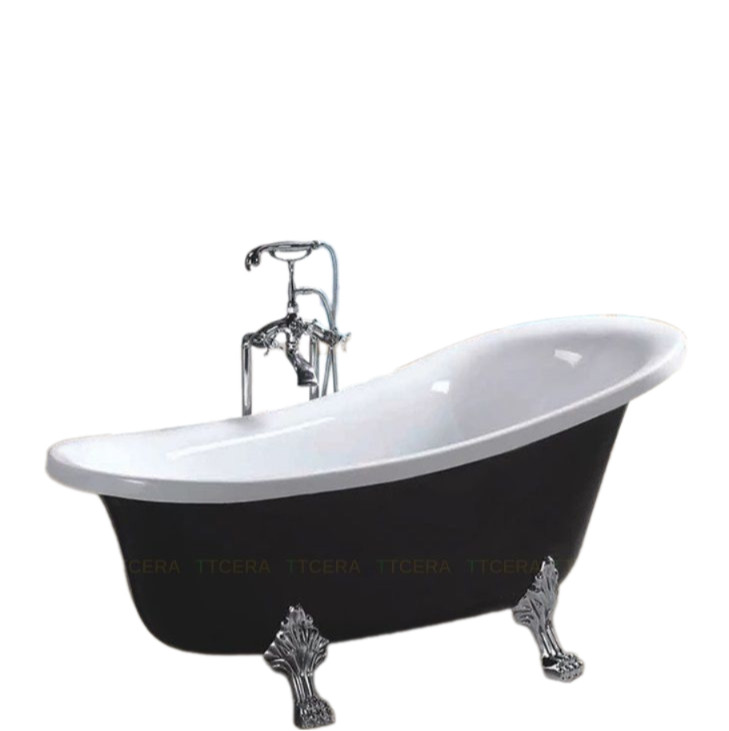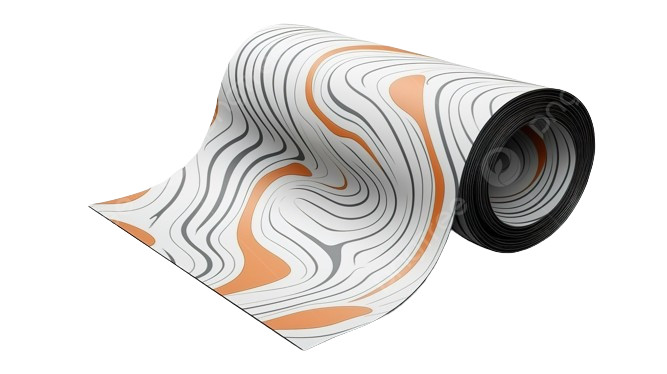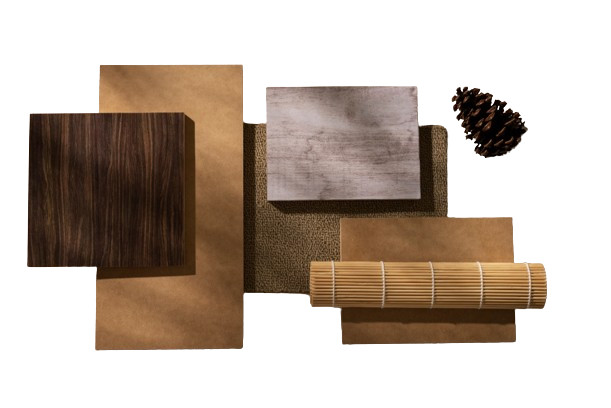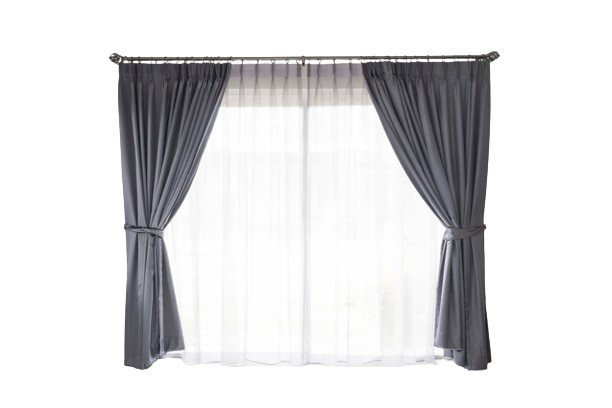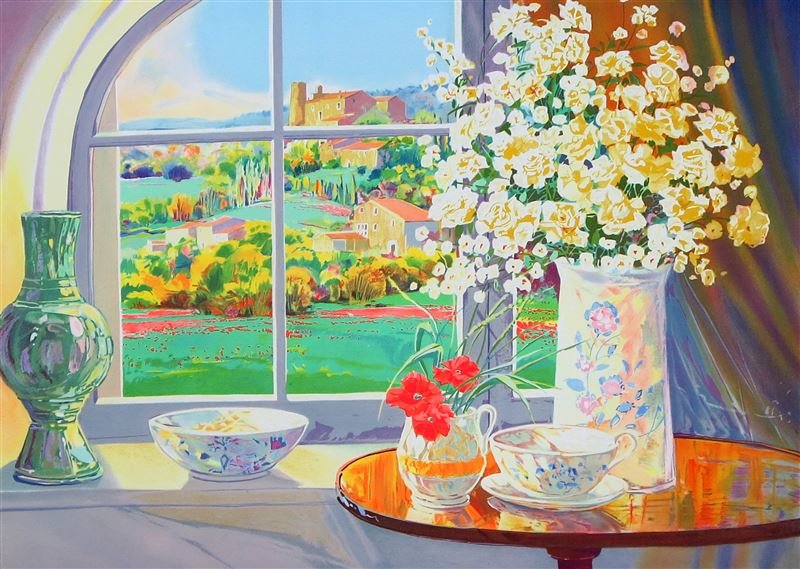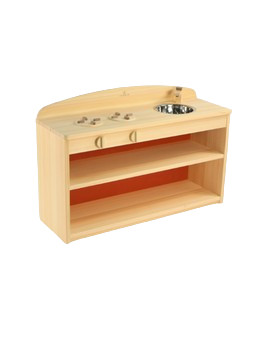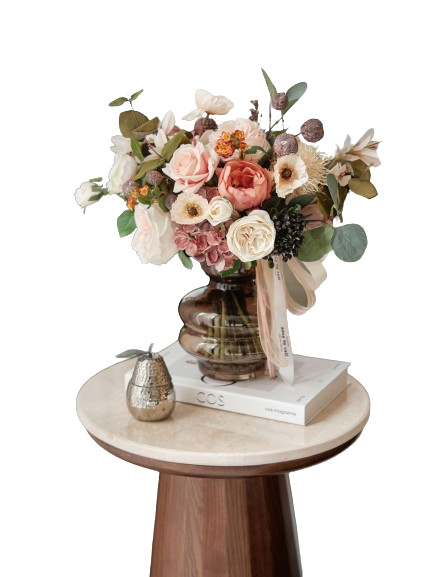COLONIAL DESIGN
RETAINING NOSTALGIC BEAUTY
I. What is Colonial Style?

Colonial style is a mother country architectural style that has been adopted into the architecture of settlements or colonies in remote areas. Colonialists frequently developed towns that combined the architecture of their home country with design elements from their new home, resulting in hybrid forms.
II. Colonial style in Vietnam

The country of Vietnam With the arrival of the French in Vietnam at the end of the nineteenth and beginning of the twentieth centuries, this architectural genre was adopted from Western countries. This form of architecture evolved in tandem with the process. Exploitation by the French in their colonies. Because of the distinct characteristics of varied geographical and climatic situations, European architectural styles have to be modified to fit Vietnamese surroundings.
III. Famous Colonial Architecture Styles
1. Colonial Spanish architecture



Spanish colonial homes, known for their white plastered walls, red tiled roofs, and clay, and rustic appearances, are extremely common in the southeastern, southwestern, and California areas of America. Yet, the style has a long and varied history in both Spain and Mexico long before it arrived in North America. Although some components of the Spanish Colonial style have evolved over time, many traditional characteristics and features remain in today's Spanish colonial homes.
2. Colonial Portuguese Architecture



The different forms of Portuguese architecture established across the Portuguese Empire are referred to as Portuguese colonial architecture. Many former Portuguese colonies in South America, North Africa, Sub-Saharan Africa, India, Oceania, and East Asia have Portuguese colonial architecture.
3. Colonial British architecture



When looking at colonial architectural styles, it's probably easiest to start with the British. The British were primarily responsible for the colonization of eastern North America, and the effects of colonial architecture are still evident throughout New England. So, what does British colonial architecture look like? The British brought with them their taste for Classically inspired designs, which means those inspired by the ancient Greeks and Romans. This was common in Italy and France before that, but it reached England around the 17th century. Now, the British are not interested in building Greek temples, but they are interested in decorative qualities. importance, rationality, and seriousness of Classical architecture. As a result, British colonial buildings in North America tend to be defined by high respect for symmetry, especially in facades.
4. Colonial French architecture



French Colonial homes are immensely popular in the southeastern United States, particularly Louisiana, because of their symmetrical architecture, sloping roofs, and broad, wrap-around porches both downstairs and upstairs. The Cajun, Creole, plantation or elevated home design has become an iconic construction type of the southeastern United States.
5. Colonial Dutch architecture



British Architectural Privilege Despite eventually controlling virtually all of eastern North America, the British were never the only colonial power to introduce colonists to the continent. The Dutch were successful in establishing their own colonies in North America, which they dubbed the New Netherlands, in the 17th century. This area is now known as New York. The Dutch were only in North America for a short time (the Netherlands was only handed over to the British around 1674) but the colonists who lived there brought their colonial architecture with them.
ADORN MUSEUM
Location: O-1, TM.01, 1st Floor, Orchid 1 Tower, Hado Centrosa Garden No.200 3/2 Street, Ward 12, District 10, Ho Chi Minh City, Viet Nam.
Hotline: (+84) 28 3930 3428
E-mail: support@adornmuseum.com
Operation time:
8:30 - 17:30, Monday - Friday & 8:30 - 12:00, Saturday

